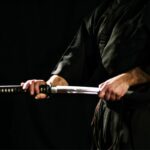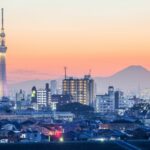The year 1868 was a transformative year for Japan. Thanks to the Meiji Restoration, Japan became more Westernized, and quickly grew to be one of the major political powers in the world.
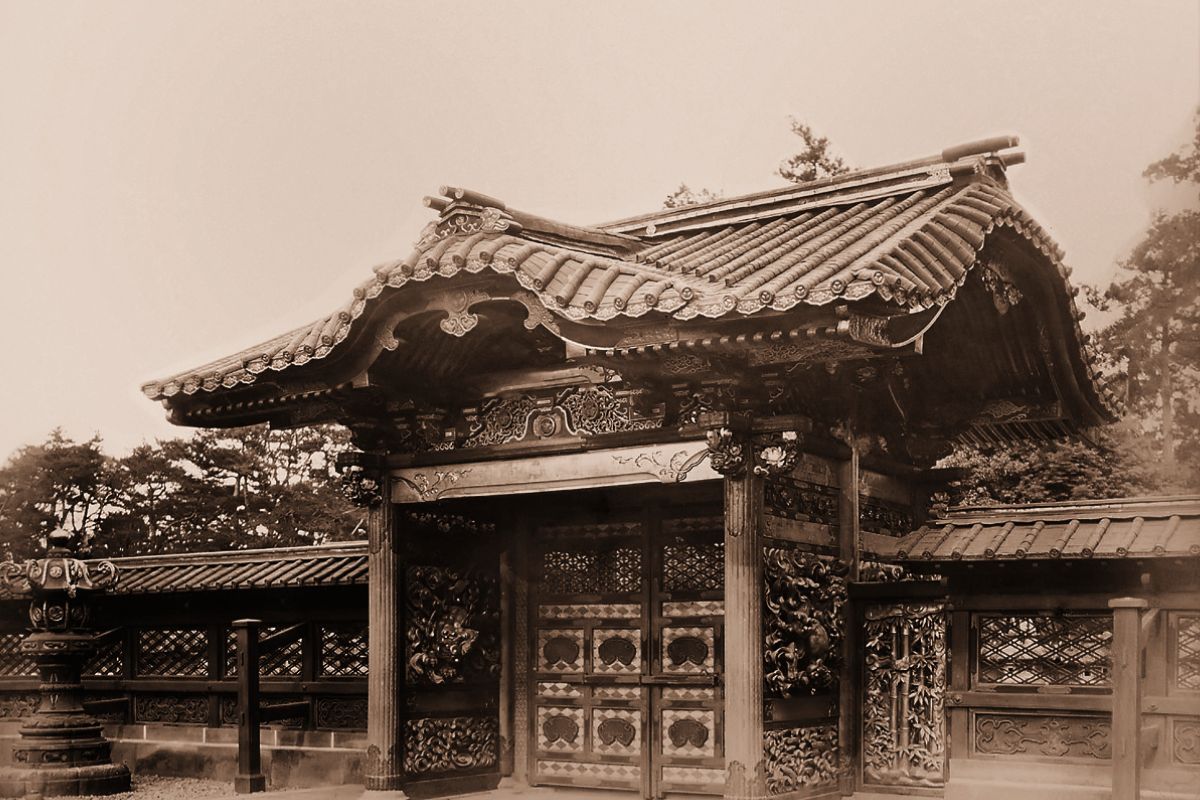
However, many notable Western figures visited Japan long before this era took hold.
To learn more about these Westerners, including their reasons for traveling to Japan, and their experiences pre-Meiji Restoration, take a look at the in-depth article below.
Meiji Restoration
In 1868, a political revolution called the Meiji Restoration took place in Japan. This revolution brought about the end of the Tokuwaga shogunate, the military government, and returned control of Japan to direct imperial rule under the emperor Meiji.
However, the Meiji Restoration is now understood as much more than a political revolution. It brought about an era that is characterized by incredible economic, political, and social change that was induced by the Westernization of Japan.
Western Visitors To Japan Before The Meiji Restoration
The Meiji Restoration brought about the modern state of Japan. It marked the beginning of the country’s rise to global power and the first instance of an Asain country standing shoulder-to-shoulder with the powers of Europe.
Before the Meiji Restoration was the Edo era (1603 – 1868). This era is characterized by a military dictatorship. Society was stratified, with essentially no mobilization between classes.
The country was also technologically behind and had a very weak military.
The menacing 1853 arrival of commodore William Perry’s fleet of four ships from the US destabilized Japan.
This arrival of Westerners changed Japan – but what other notable Westerners visited before the Meiji Restoration? Take a look at the list below to find out.
16th Century
Below, we’ve listed some of the most notable Westerners to travel to Japan during the 16th century.
Antonio Da Mota And Francisco Zeimoto
These Portuguese traders were the first Europeans to be documented to enter Japan. They landed on Tanegashima Island in 1543.
According to the Teppo-ki, the Portuguese men arrived on a Chinese boat that was blown off course during a trading mission to Ningpo.
Francis Xavier
Francis Xavier was a Jesuit priest. He arrived in Japan in 1549 and played an integral role in the dissemination of Christianity throughout the country.
His arrival in Hirado marked a major turning point in history, as the remote Kyushu Island became a center for Christianity.
Cosme de Torres
Like Xavier, Cosme de Torres was also a Spanish Jesuit on a Portuguese mission. De Torres was able to convert Omura Sumitada to Christianity. This also constituted a big event, as Sumitada became the first Christian daimyo.
Luis de Almeida
Almeida was another Portuguese Jesuit. Interestingly, he helped to establish the first Western-style hospital in the country. He also played a key role in the negotiations that led to the opening of the Yokosuka port to Portuguese traders.
Joao Rodrigues
Rodrigues was a Portuguese Jesuit priest. He carried out missionary work in Japan and is well known for writing works on the Japanese language and culture. He also worked as an interpreter for Toyotomi Hideyoshi and Tokugawa.
17th Century
Below, we’ve listed some of the most notable Westerners to travel to Japan during the 17th century.
William Adams
William Adams arrived in Japan in 1600. He was the first English person to visit the country.
Interestingly, Adams was also one of the first ever Westerners to become a samurai. He is understood to be one of the most influential foreigners in Japan at that time.
Cristovao Ferreira
Cristovao Ferreira arrived in Japan in 1609. He was a Portuguese Jesuit missionary who was tortured whilst in the anti-Christian purges of the country. Ferreira famously committed apostasy, the abandonment of religion, as a consequence.
Luis Sotelo
Sotelo arrived in 1609 from Spain. He was a Franciscan friar who attempted to proselytize in the Tohoku area. He tried to gain entry to Japan again in 1624, but he did so illegally and was executed.
Guiseppe Chiara
Chiara entered Japan in 1643. When he arrived, Christianity was forbidden. This was in an effort to track down Ferreira. Like Ferreira, Chiara was also tortured due to his religion, and eventually committed apostasy.
Englebert Kaempfer
Kaempfer arrived from the Dutch Republic to Japan in 1690. He was a German physician and is well known for writing the History of Japan.
In the West, this book grew to be the primary source of knowledge about Japan for almost two whole centuries.
18th Century
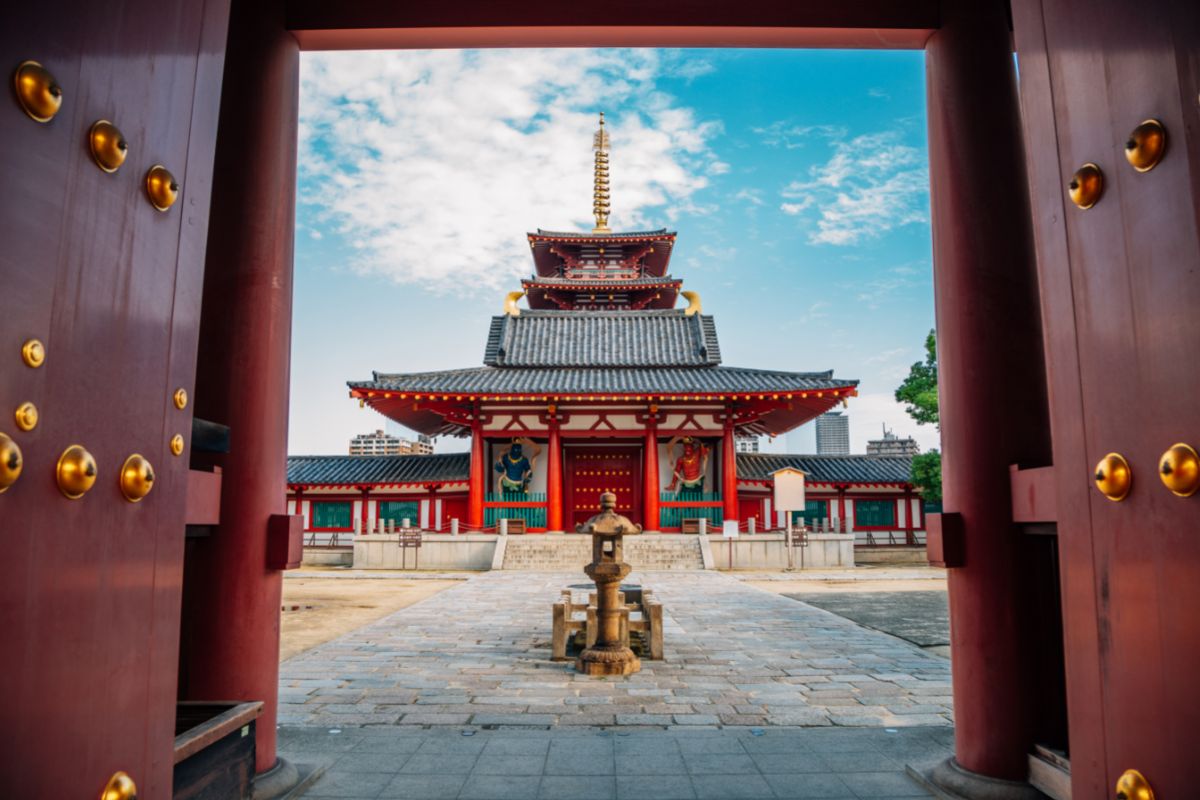
Below, we’ve listed some of the most notable Westerners to travel to Japan during the 18th century.
Martin Spangberg
Spangberg visited Honshu Island from Denmark in 1738. He was in charge of a Russian naval squadron that was sent to Japan in hopes of seeking a diplomatic relationship. All of the sailors were treated with politeness.
Adam Laxman
In 1792, Laxman traveled from Russia to Japan. He was the son, and represented, Eric Laxman, a researcher from Finland. He led a Russian expedition to Japan, with the goal of returning Daikokuya Kodayu to Japan.
Carl Peter Thunberg
Thunberg was a naturalist and a surgeon. He was a follower of scientist Carl Linnaeus, who conducted scientific activities in Japan and created the first detailed description of Japanese flora and fauna as a result.
19th Century
Nikolai Rezanov
Rezanov traveled to Japan in 1804 from Russia. He was a Russian diplomat who had been tasked with concluding a commercial treaty with Japan. However, the Japanese government did not agree with the treaty.
Vasily Golovnin, Fur Mur, And Andrey Khlebnikov
These Russian navigators traveled to Japan in 1811. However, they were famously held captive on Hokkaido Island for two years. Golovnin wrote a book about his captivity, which became very popular in Europe.
Philipp Franz Von Siebold
In 1823, von Siebold, a German physician, traveled to Japan. He is credited with bringing Western medicine to Japan. However, he was forced to leave the country because he was accused of being a spy.
Mercator Cooper
Cooper traveled from the United States to Japan in 1845. He is understood to be the first formal American to visit Tokyo (which was called Edo at the time. He arrived in Japanese waters to deliver rescued sailors to their port.
Ranald MacDonald
In 1848, MacDonald, a Scottish-Canadian, became the first native English speaker to teach the English language in Japan.
He taught notable figures, including Einosuke Moriyama, who was involved in the Commodore Perry and Tokugawa shogunate negotiations.
Matthew C. Perry
As mentioned above, the arrival of Perry in 1953 from the US is an integral part of Japanese history. Arguably, this encounter opened Japan to the Western world in 1854. This event was one of the triggers for the start of the Meiji Restoration.
Conclusion
Japan has a complex, nuanced, and fascinating history. The Meiji Restoration marked a time of huge political, social, and economic change for Japan. However, Westerners began visiting Japan in the early 16th century.
Thus, Westerners have been influencing the religion, culture, and politics of Japan for centuries. We hope that this list of Westerners who visited Japan before 1868 (which is by no means exhaustive) has sparked your interest in Japanese history.
- 16 Best Websites To Watch Japanese Movies With English Subtitles - May 11, 2023
- Is ZIPAIR The Best Airline For Traveling To Japan? - May 11, 2023
- Ryu Murakami Vs Haruki Murakami – Which One Should You Read? - May 11, 2023


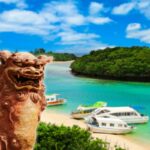

![20 Best Japanese Directors [And Their Most Famous Movies] 20 Best Japanese Directors [And Their Most Famous Movies]](https://justaboutjapan.com/wp-content/uploads/2023/05/20-Best-Japanese-Directors-And-Their-Most-Famous-Movies-150x150.jpg)
